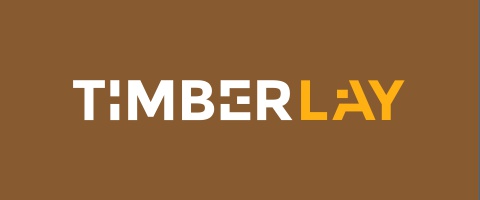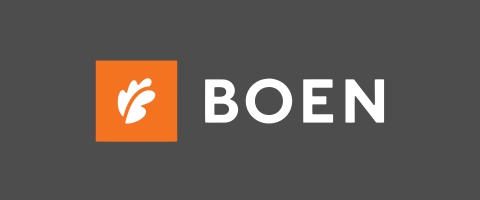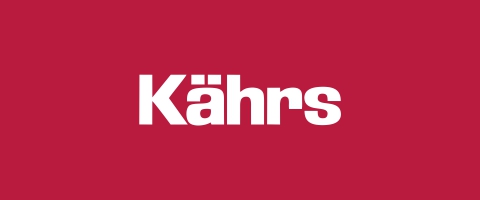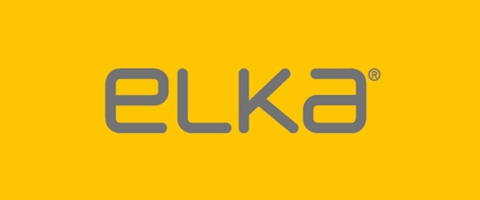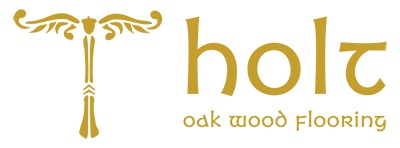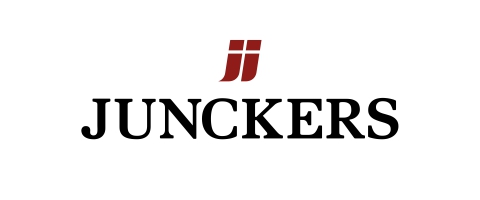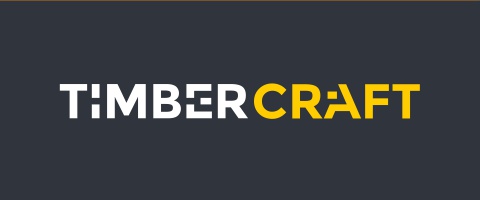Popular terms used as terminology in the flooring industry.
A | B | C | D | E | F | G | H | K | L | M | N | O | P | R | S | T | U | V | W
A
- Acclimatisation – This process required to allow your a new flooring to adjust to the climate of the area you are installing in. This is especially essential in the colder months of the year for all wooden floors.
- Adhesive - the glue, which is used to stick wooden floors to a subfloor but also for joints on certain floors.
B
- Beading - also called Scotia or Quadrant beading. This is used to cover the expansion gap between your floor and the skirting board, in case the skirting board is not being replaced.
- Bevelled Edge – Often known as a v-groove. This is where each board is accentuated as an individual plank to create a distinction between each plank. The opposite would be a square edge.
- Bowing - When the plank is curved rather than flat. Can happen a floor has not been acclimatised correctly.
- Brushed Finish – This is when the planks have been brushed with a steel comb to highlight the grain of the wood resulting in an authentic textured appearance.
- Buckling - When the floor pulls up from the floor. Usually a sign of water or moisture damage
C
- Chevron - A style of parquet flooring, when the boards laid create a 'V' pattern. The parquet flooring pieces have distinctive angled short side.
- Click System - An installation method where the tongue and groove sections of the floor 'click' together to create a secure join.
- Crowning - When the centre of the wooden floorboard raises up.
- Cupping – When the edges of the floor raise up.
D
- Damp Proof Membrane (DPM) – A polythene sheet installed under floors to act as a moisture barrier to protect your floor.
- Distressed – A synthetic texture in which the floor has been scraped, scratched and gouged to give a distressed, antique look.
- Durability – A floors ability to withstand certain conditions. This could be foot traffic, moisture change, scratches, indents, etc.
E
- Engineered Boards - Engineered wood flooring is made up of an HDF (high density fiber) or plywood core with a solid hardwood veneer glued on top. This provides the natural characteristics and beauty of a solid wood with greater stability to moisture and heat.
- Expansion Gap – Area of perimeter left to account for expansion.
F
- Finish – Protective coating applied to wood floors.Could be, brushed, oiled, lacquered, scraped or a combination.
- Floating Floor – Each plank is connected together with adhesive or mechanical connectors. This does not need to be nailed or glued to the subfloor.
G
- Gloss – A shiny finish that reflects light and looks great in bright rooms.
- Glue-Down Installation - One which is using flooring adhesive to bond the floor to the subfloor.
- Grain – The timber surface created by the wood fibres, which you can see along each board. These will be authentic on a wooden floor or replicated in laminate and LVTs.
H
- Hand Scraped - Before sanding machines arrived in the 1920′s, floors were scraped to remove the old varnish before being lightly sanded by hand and then refinishing. Real wood floors prepared this way had a slightly undulating finish. Nowadays people recreate this finish on new, solid and engineered floors to create a worn, vintage look.
- Herringbone - A popular flooring style that is created by installing parquet blocks in a zig-zag pattern. The finished pattern resembles fish bones.
- Humidity – The moisture level in the air. Too high humidity can damage flooring over time.
K
- Knott – The hard place or dark marking on a tree where a branch or stem has grown from on the tree.
L
- Lacquered Finish – A thin, clear resin that forms a hard film over the floor. This gives the floor a smooth, glossy, hard-wearing finish that is easy to clean and maintain.
- Laminate Flooring - Laminate flooring is constructed by pressing together a photographic image of wood or tiles onto high-density fiberboard. A special clear coat resin is pressed onto the top of the board in order to increase durability and to make it hard-wearing. One of the key benefits of laminate is that it incorporates a click locking system which makes it fast and easy to install.
- LVT (Luxury Vinyl Tile) - A type of flooring that is manufactured from a soft vinyl top and a waterproof core usually made from stone or polymer.
M
- MDF – Medium Density Fiberboard. The wood is broken down into wood fibres and then combined with wax and resin. Through the application of high temperature and pressure, an MDF panel is created. This is then used as a building material or used to manufacture engineered flooring.
- Moisture Content – The amount of moisture in the subfloor or the flooring itself.
N
- Nosing - An accessory that is applied to the edge of staircases to provide a neat and tidy finish.
O
- Oiled Finish – This finish has been around for thousands of years and is still a popular choice. This oil soaks into the wood and provides protection from the inside out while keeping the natural character of the wood. This finish has a subtle sheen compared to shiny lacquer.
P
- Parquet Flooring - small rectangle blocks that are installed to create a pattern. Most often in a herringbone pattern which is a popular style for laminate flooring.
- Pull Bar - A tool found in flooring installation kits that can be used to help get a secure fit.
R
- Ramp profile or R-Shaped profile - a bar that goes between two floors that are different heights. Commonly used for joining carpet and laminate or wood. But can also be used between rooms where there is a small difference in height.
- Random Length – Not all board lengths are the same. Each pack contains a variety of lengths where the shortest and longest lengths are noted.
- Reclaimed Wood – Wood that has been saved from an old building or structure, refinished, and then used for another project.
S
- Sapwood – This is the lighter and softer wood near the outside of a tree.
- Sanding - The process of removing a wooden floors' top layer. This creates a smooth surface again which can be finished again with oil or lacquer. This extends the life of a wooden floor.
- Scotia - Also called beading. It is an accessory that is used to cover the expansion gap around your floor and the skirting board.
- Screed - A compound that is used to level a concrete subfloor.
- Secret-Nailing - An installation method for wooden floors. Nails are driven into the tongue section of a board to secure it to the floor.
- Skirting board - The wooden boards that cover the bottom of a wall. Used to transition between the wall and the floor.
- Spacers - Small plastic pieces that go between the wall and the floor. to create the expansion gap when laying a floor.
- Square Edge – An edge to a board that does not have a bevel. The individual boards' floor into each other.
- Sub-floor - The original floor that you wish to fit the new floor on top of. Any wooden sub-floor would need to be even and with no loose boards and concrete floors need to be flat and have a damp proof membrane between the sub-floor and the new wood floor.
T
- Tapping Block - Used to connect the click system between two boards.
- Tongue-and-Groove – One length of each plank is manufactured with a ‘tongue’ while the opposite side is milled with a ‘groove’. The tongue of one board fits neatly with the groove of another board ensuring that the floor fits tightly together.
U
- Underlay – Underlay is the material that is laid between the subfloor and the main floor. This may act as a vapour barrier, sound barrier, insulation or as light padding.
- UV Finish - Ultraviolet light is commonly used in curing finishes at the factory for prefinished flooring, this type of finish is usually referred as more durable.
V
- V-Groove - Also called a bevelled edge. This is where each board is accentuated as an individual plank to create a distinction between each plank. The opposite would be a square edge.
- Vapour Barrier – Protects the floor from moisture rising from the subfloor.
- Veneer – A thin layer of wood which is glued on top of another timber material. The top layer of engineered wood flooring, also known as a wear layer is often refrred to as veneer.
W
- Warping - Excessive moisture and changes in temperates can damage a floor cause it to become misshapen.
- Wear Layer - The top surface of an engineered wood floor that can usually be sanded and refinished.
- White Washed – The application of either a wood bleach or white stain to give a lightened colour.
